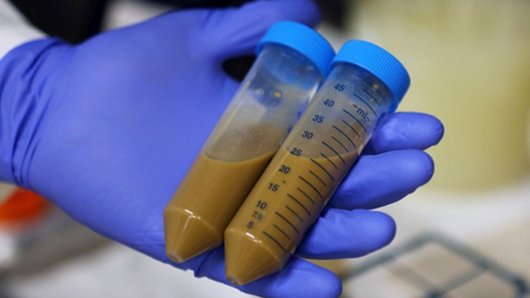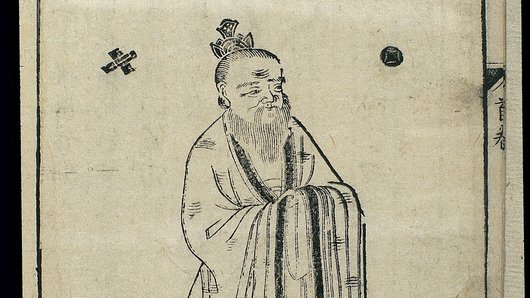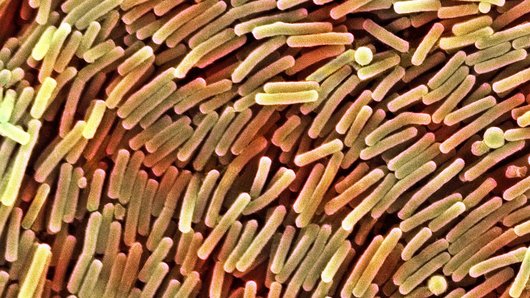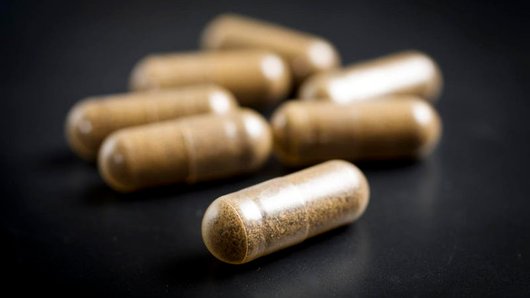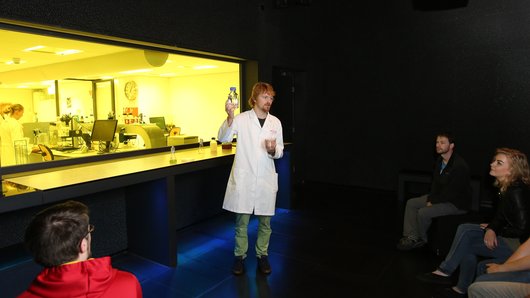Poo transplant
Everybody poos. While the brown stuff may be revolting, it's also home to a vast invisible world. About fifty per cent of poo consists of gut microbes. These bacteria can be highly useful; for example, in a faecal transplant – otherwise known as a 'poo transplant'. But what exactly is it, and why is it regarded as one of the most promising treatments for several chronic gut diseases?

